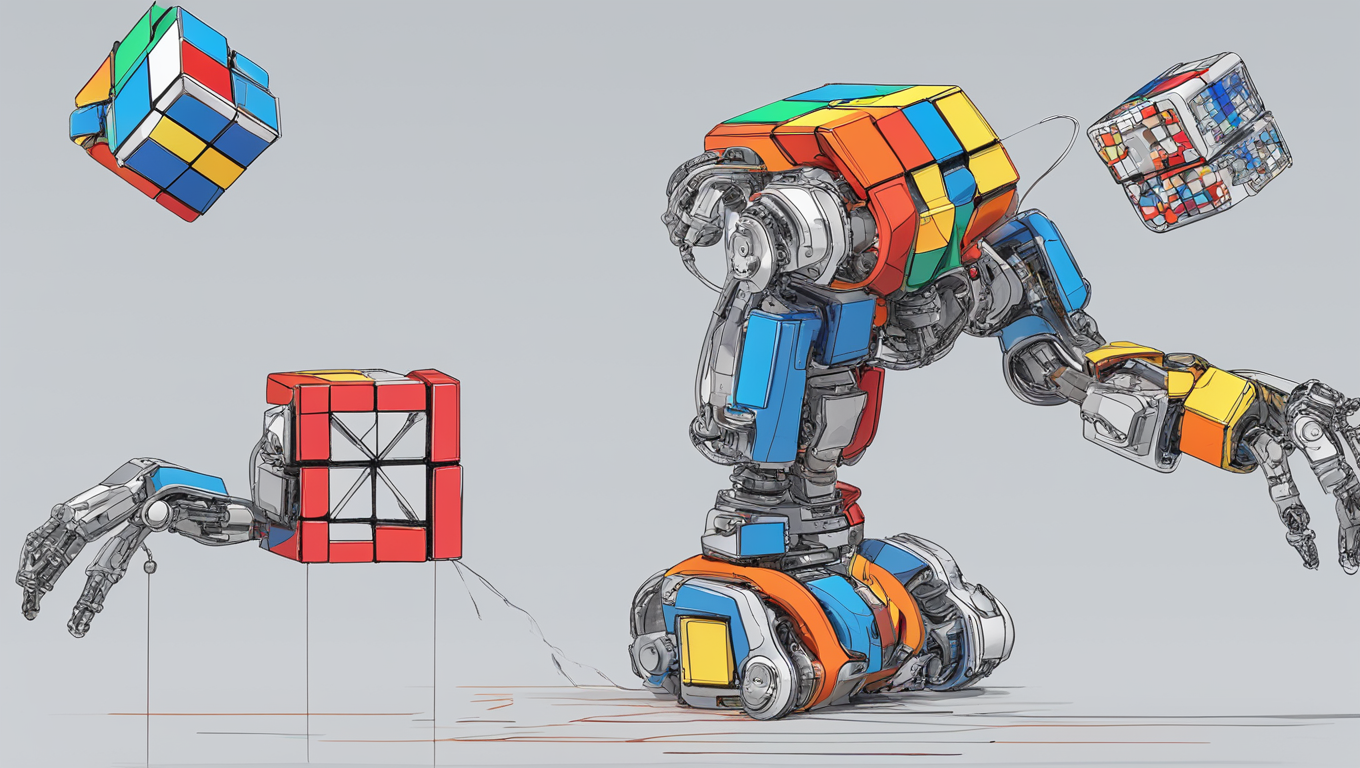Northwestern University engineers have developed an innovative artificial intelligence (AI) algorithm called Maximum Diffusion Reinforcement Learning (MaxDiff RL). This algorithm has the potential to revolutionize the field of robotics by enabling robots to rapidly and reliably learn complex skills. By encouraging robots to explore their environments in a random fashion, the algorithm helps them gain a diverse set of experiences, leading to higher-quality data collection and more efficient learning.
In a study published in the journal Nature Machine Intelligence, the researchers demonstrated the superior performance of robots using the MaxDiff RL algorithm compared to other state-of-the-art AI platforms. These robots were able to learn new tasks and successfully perform them on the first attempt, in contrast to current models that rely on trial and error learning. This reliability is crucial for real-world applications of robotics, where robots need to consistently perform tasks without errors.
One of the key advantages of MaxDiff RL is its ability to address the limitations of traditional algorithms when it comes to embodied AI systems like robots. Unlike disembodied systems, robots collect data on their own without human curators. The algorithm ensures that robots collect high-quality data by commanding them to move more randomly in order to thoroughly explore their environments. This self-curated random learning process allows robots to acquire the necessary skills to perform useful tasks.
The researchers conducted computer simulations to test the performance of MaxDiff RL against other models. The results showed that robots using MaxDiff RL learned faster, performed tasks more consistently and reliably, and often succeeded in performing tasks correctly on the first attempt, even without any prior knowledge. This speed and agility in learning make MaxDiff RL highly beneficial for real-world applications where robots cannot afford extended periods of trial and error.
The versatility of the MaxDiff RL algorithm makes it suitable for a wide range of applications beyond just robotic vehicles. It can be applied to stationary robots as well, such as a robotic arm in a kitchen learning how to load a dishwasher. As tasks and physical environments become more complex, embodied learning processes like MaxDiff RL become increasingly important.
The researchers behind MaxDiff RL believe that their algorithm has the potential to address foundational issues in the field of robotics and pave the way for reliable decision-making in smart robotics. By enabling robots to learn more efficiently and perform tasks accurately, this algorithm shows promise for applications in self-driving cars, delivery drones, household assistants, and automation systems.
Thomas Berrueta, a Presidential Fellow at Northwestern and a Ph.D. candidate in mechanical engineering, emphasized the reliability of robots using MaxDiff RL, stating that “every time you turn on your robot, you can expect it to do exactly what it’s been asked to do.” This level of reliability is crucial in a world increasingly dependent on AI.
The future of robotics looks promising with the emergence of algorithms like MaxDiff RL. As the capabilities of robots continue to expand, their role in performing complicated and interesting tasks will become even more crucial. The development of algorithms that enable reliable learning and decision-making in robotics brings us one step closer to a future where smart robots seamlessly integrate into our daily lives.





Use the share button below if you liked it.